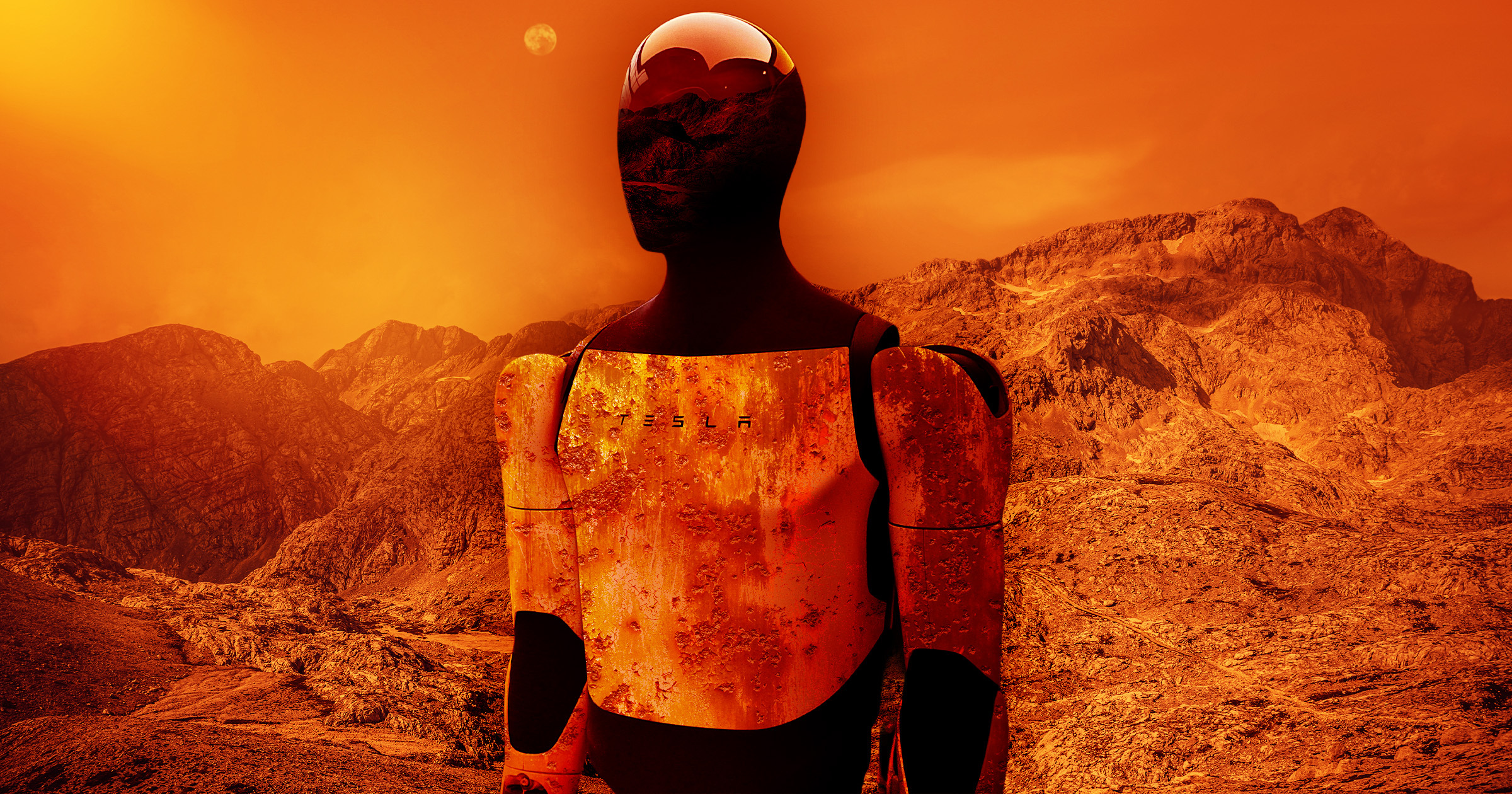
""Humanoids fall down. They break. Their code crashes," Hubicki told the magazine. "Right now, humanoids aren't reliable enough to be autonomous on Earth, let alone Mars.""
"Musk has pushed his automaker Tesla into a hard pivot toward robotics and AI. He's essentially staked its entire future on his recently launched Robotaxi service, which he promised investors will balloon the company's value by trillions of dollars. So far, the autonomous cars haven't demonstrated they can drive without a human safety monitor, the presence of whom hasn't precluded a few accidents already."
"Tesla's flagship robot is Optimus, which according to Musk, Tesla will build 100,000 units of per month by next year. There's plenty of reason to be skeptical of that figure, one being that the entire humanoid robotics industry hasn't proven it can scale or will even have a market it can sell to. With Musk's bot specifically, a video demonstration of Optimus shared last month was still laughably limited; the robot took painfully long to answer simple questions, glitched out mid-sentence, and walked clunkily."
Humanoid robots fall down, break, and suffer software crashes, leaving them insufficiently reliable for autonomous operation on Earth or Mars. Tesla has shifted heavily toward robotics and AI and is depending on a Robotaxi service to drive future valuation, yet its autonomous cars still require human safety monitors and have been involved in accidents. Tesla's Optimus is claimed to scale to 100,000 units per month, but the humanoid robotics industry has not demonstrated scalable production or a clear market. Early Optimus demonstrations showed slow responses, glitches, and awkward walking. Plans to send Optimus to Mars by 2026 face serious technical and logistical challenges.
Read at Futurism
Unable to calculate read time
Collection
[
|
...
]